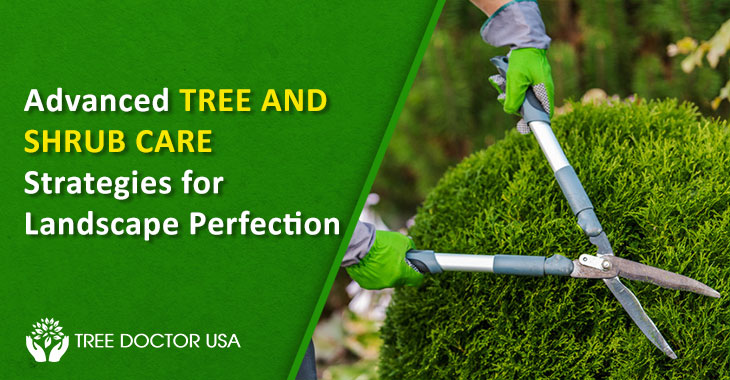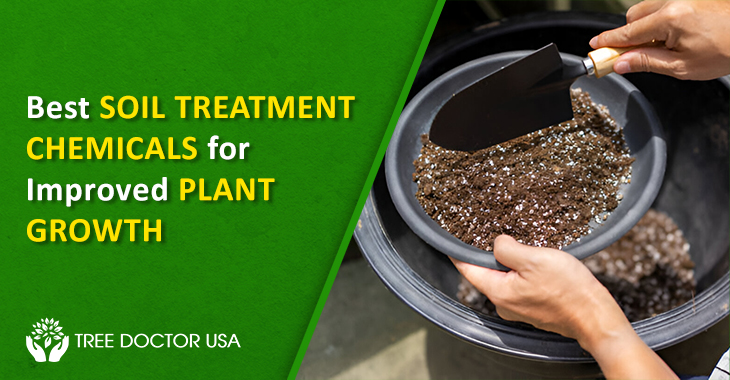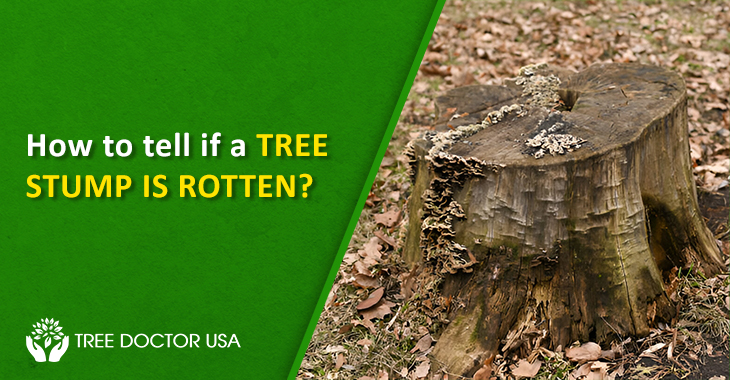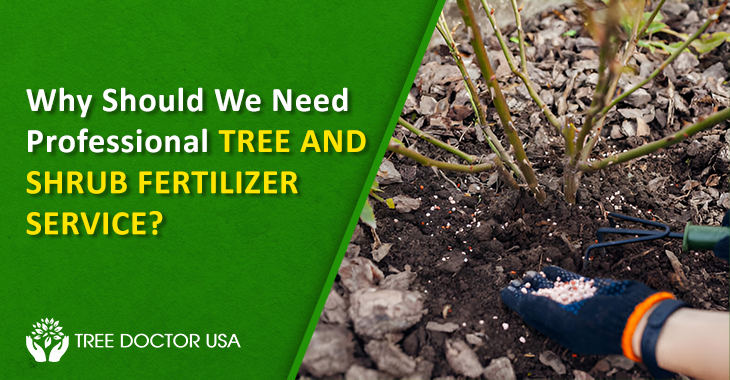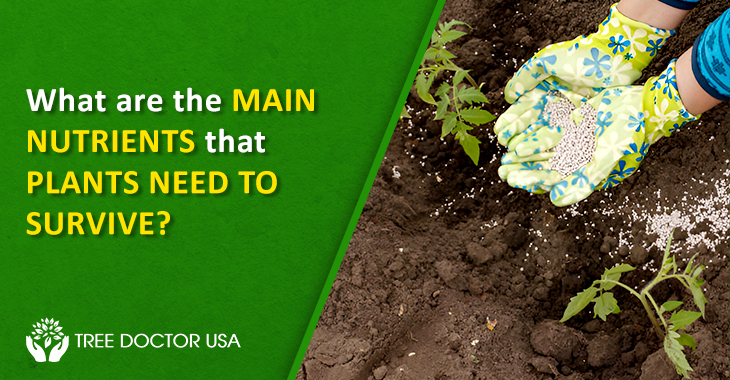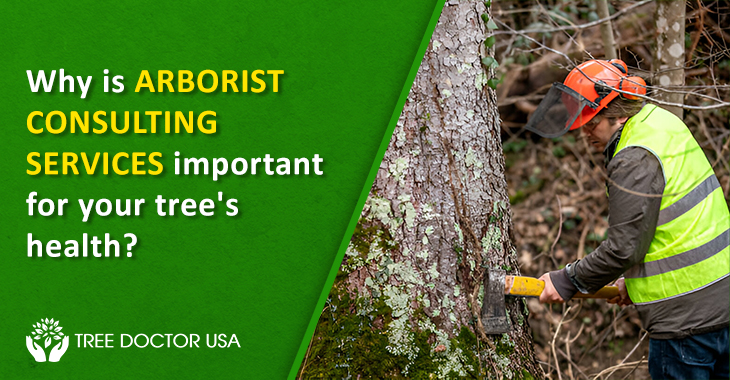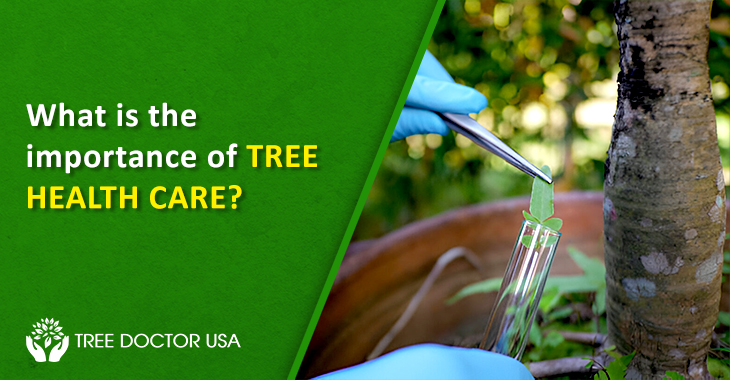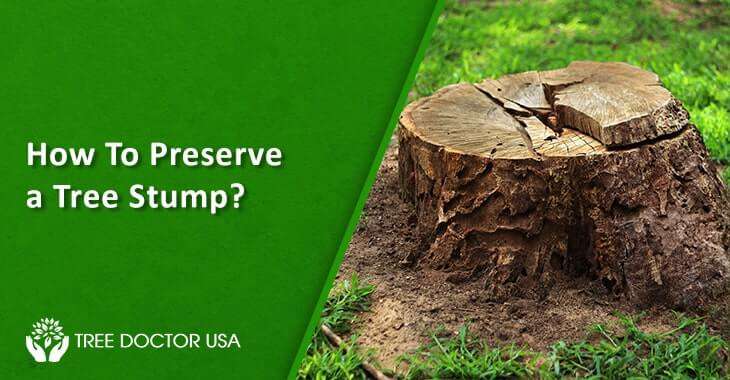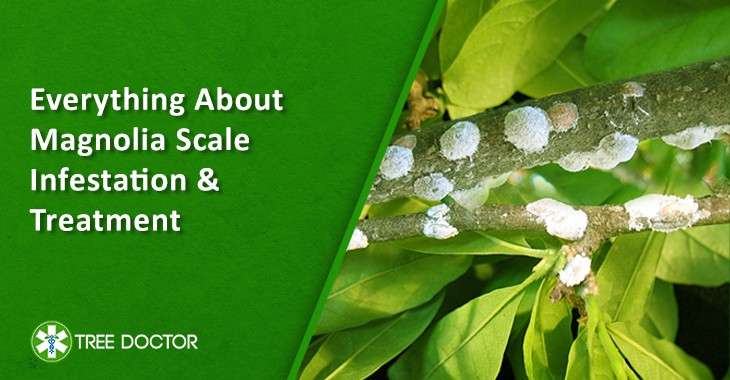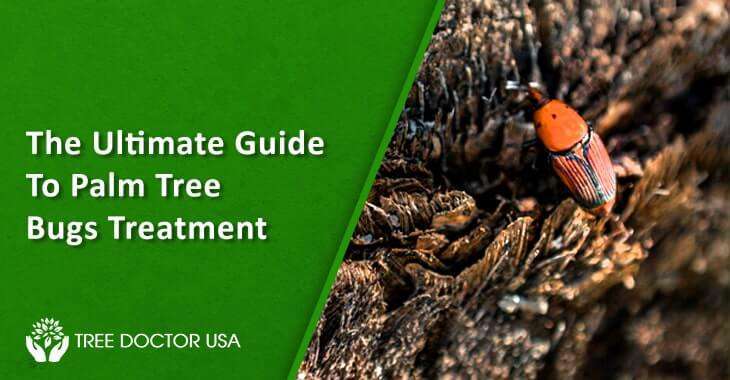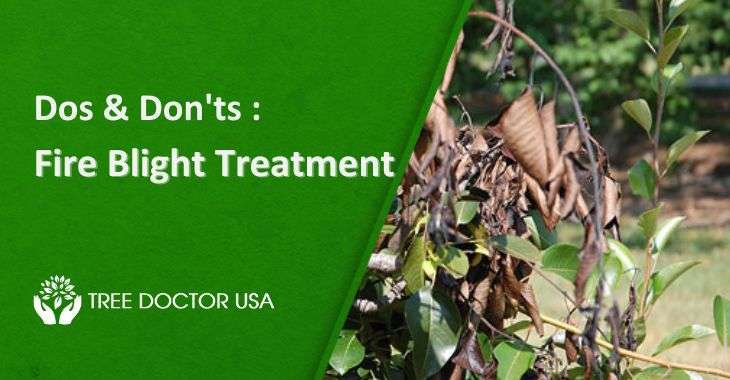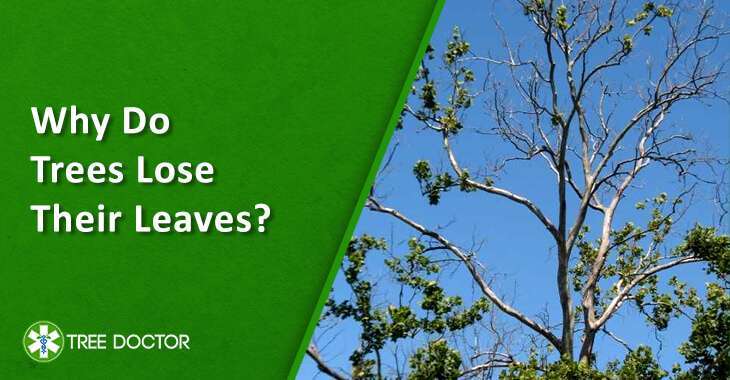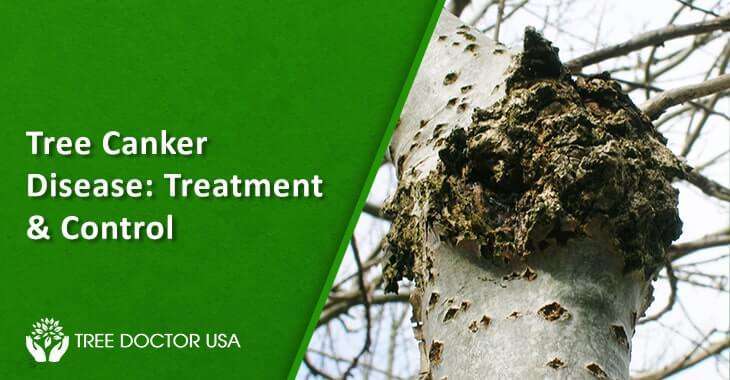Advanced Tree and Shrub Care Strategies for Landscape Perfection
Strategic tree care practices can unlock many possibilities for a picture-perfect outdoor space. It is a holistic approach that is beneficial to aesthetics and the environment. So, this holistic approach is a win-win proposition. Strategically planning and implementing the integration of aesthetics and tree care requires effort. This blog discusses these efforts, covering Advanced Tree And Shrub Care strategies for landscape perfection. Employing a combination of intelligent tree and shrub care is an investment that pays off in many ways. Let’s see how that is possible through the strategies suggested below.
5 Advanced Tree and Shrub Care Strategies for Landscape Perfection
Soil Health and Nutrient Management
- Soil is the lifeblood of plants. From providing a stable foundation for roots to providing essential nutrients and water, healthy soil makes a robust ecosystem supporting plant growth.
- It is critical to maintain consistency through best practices such as testing the soil regularly and intervening promptly in case of an issue.
- A soil test helps identify the soil’s composition, pH level and nutrient content, enabling targeted improvements.
- For effective results, the organic matter used should be checked for texture, aeration, and water retention. This creates an optimal environment for root growth.
- Using organic mulch helps regulate soil temperature, keeping roots warm in winter and cool in summer. It is also important to ensure a balance of nutrients for the plants.
Proper Plant Selection and Placement
One of the simplest yet significant decisions for tree care and maintenance is to opt for the right tree and shrub species. Start by determining the plants that flourish in your area.
Choose those that require less extra resources such as water, fertilizers and pesticides. This strategy is crucial for enhancing plant resilience to local pests and diseases. This also contributes to a more sustainable and thriving landscape.
A few other considerations for plant selection strategy include:
- Know about the size of the plant at maturity and growth habits to prevent overcrowding and competition for nutrients, light, and space. Such proactiveness prevents issues such as stunted growth and increased susceptibility to diseases.
- Planting plans should ensure sufficient spacing between trees and shrubs. This allows air circulation and sunlight penetration. It also encourages healthy growth and prevents infections and other diseases.
- Strategic placement and spacing boost your landscape’s beauty and sustainability, requiring minimal upkeep.
Water Management
Water management is important for tree health and landscaping. Understanding the specific water requirements of each plant is essential. Water requirements should be adjusted according to humidity, soil moisture levels, and weather conditions. This ensures optimal growth and vitality.
High-temperature conditions make plants susceptible to dehydration and stress. During these times, plants should be watered frequently.
During times of heavy rainfall, waterlogging is common. This condition should be managed.
Succulents thrive in dry conditions, while vegetables typically require regular watering due to varying water needs. The watering schedule should be tailored to meet the plant’s needs. Avoiding overwatering or underwatering promotes healthy growth.
Mulching is another technique that helps retain soil moisture. In hot and windy weather, mulching reduces evaporation.
Using automated irrigation systems with timers or moisture sensors is an effective way to water and conserve resources. It also helps maintain consistent moisture levels.
Pruning and Training
Pruning is essential to the structure and shaping of trees and shrubs. Proper pruning techniques aim to remove dead, diseased, or crossing branches. This practice prevents disease spread and reduces pest infestation. It also improves air circulation.
As the weak branches are removed, the tree invests resources in strong branch development. Early removal of competing branches is also recommended to establish a robust and balanced canopy. Selective pruning is another technique that promotes development and desirable growth patterns.
Frequent pruning shapes a young tree well and lays a strong foundation for a stable structure. Knowing how to prune correctly supports your landscape’s long-term health and beauty.
- Proper pruning encourages a healthy growth pattern. It contributes to a visually appealing landscape.
- By removing weak or improperly positioned branches, you foster the growth of robust limbs. This process also prevents future structural issues and preserves the integrity of the tree’s form. Investing time in proper pruning techniques yields a more resilient and attractive landscape.
Seasonal Care
- Tailor your tree and shrub care to seasonal needs for optimal health. Adjust your approach for each season’s specific challenges.
- In winter, protect vulnerable and newly planted species from frost using burlap wraps, mulches, or frost blankets. This insulation reduces winter injury and helps plants stay healthy for spring.
- In spring, it is advised to prune flowering shrubs after blooming. Removing spent blooms and shaping the plant enhances its appearance and strengthens branches.
- During summer, ensure consistent watering and mulching to retain soil moisture and reduce heat stress. Water adequately during dry spells and use mulch to keep the soil cool and moist.
- In the fall, clean up fallen leaves to prevent disease and apply a balanced fertilizer to support root growth over winter. This seasonal care promotes long-term health, resilience, and beauty in your landscape.
Additional Tree and Shrub Care Tips
- In the maintenance schedule, look for signs of pests, diseases and other health issues.
- Establish a routine inspection schedule to assess the health and vigor of trees and shrubs throughout the year.
- Integrated pest management (IPM) methods effectively combat these challenges. Employing natural predators and beneficial insects for controlling pest populations.
- The purpose of decreasing dependence on pesticides is fulfilled. The method combines cultural, biological, and chemical control techniques.
- Prompt intervention for addressing issues such as disease or deficiency is critical.
- Know when to invest in professional arboricultural services for specialized care tasks. Tree care specialists best handle tree trimming, pest control, and disease management.
Conclusion
Using advanced tree and shrub care for landscaping achieves dual objectives of tree maintenance and enhancing the visual appeal of the outdoor space. These strategies include soil health and nutrient management, proper plant selection and placement, water management, pruning and training, and seasonal care practices. Understanding these needs, Tree Doctor USA sees this as an opportunity to design an outdoor that delights the senses and is sustainable. Such practices also contribute to your trees and shrubs’ longevity, vitality and beauty.

